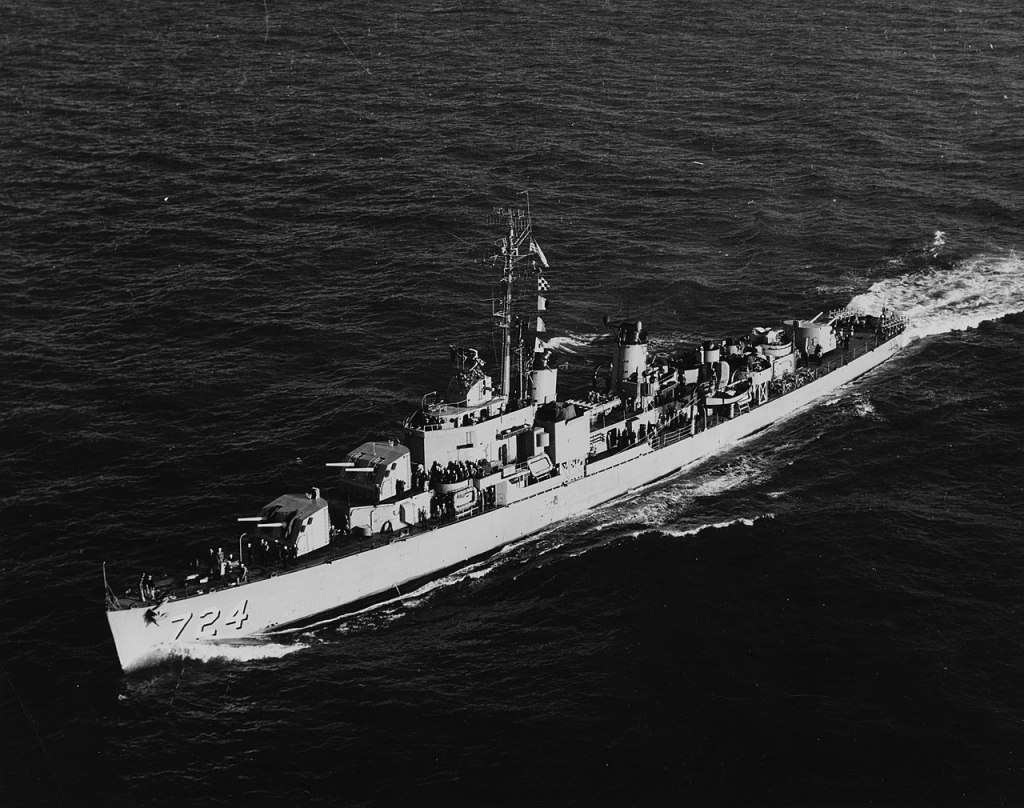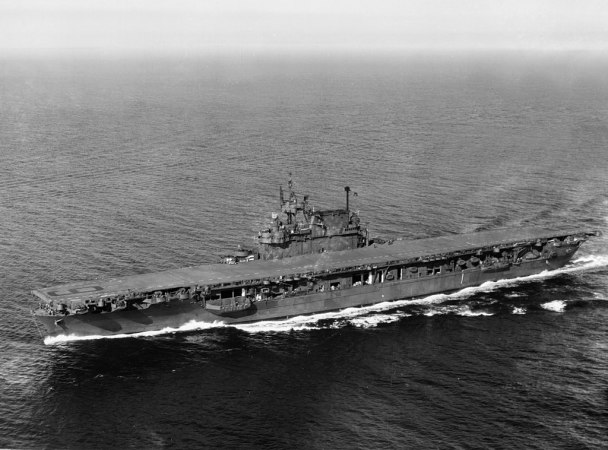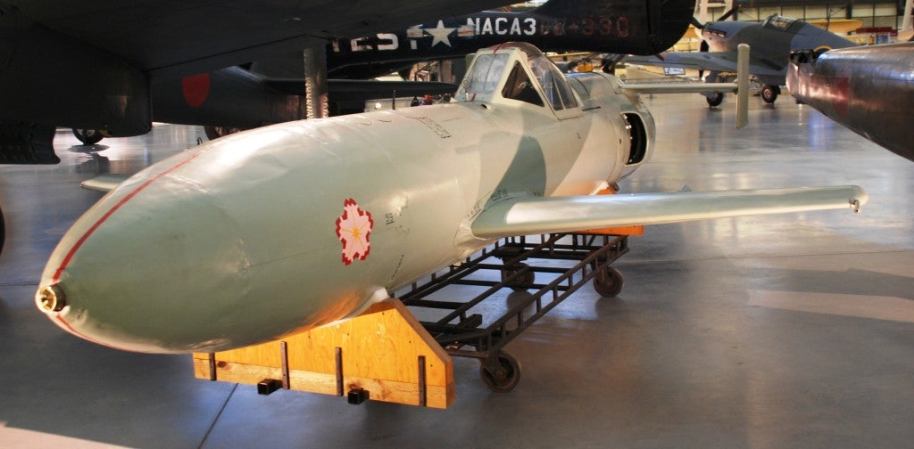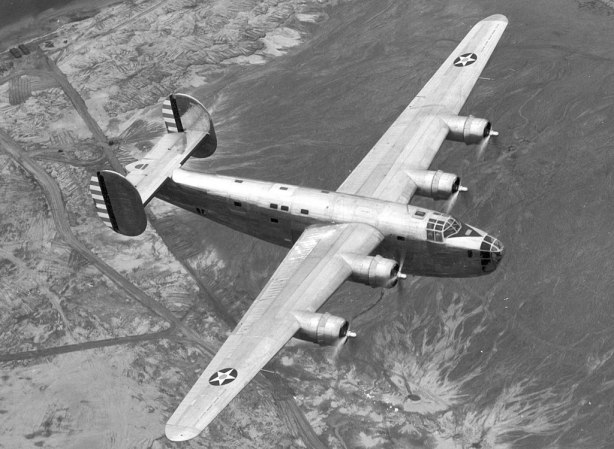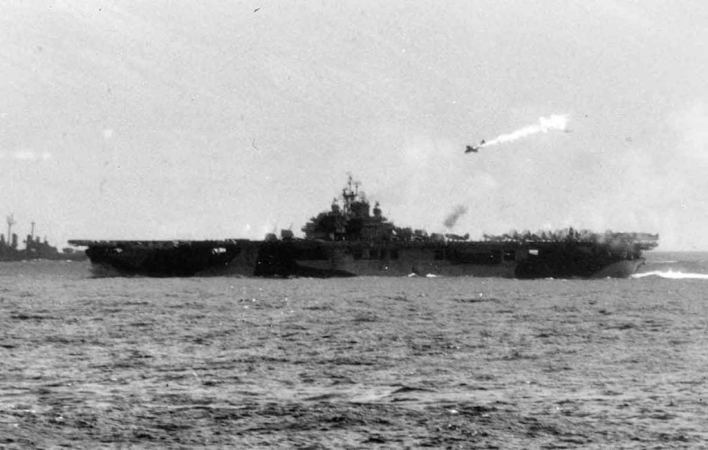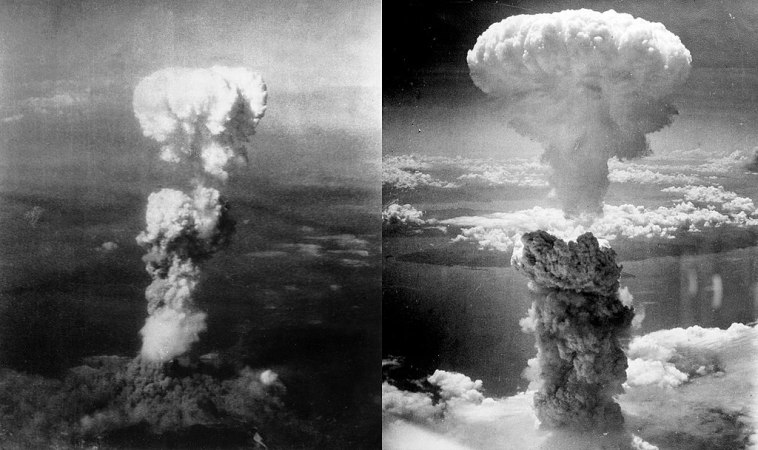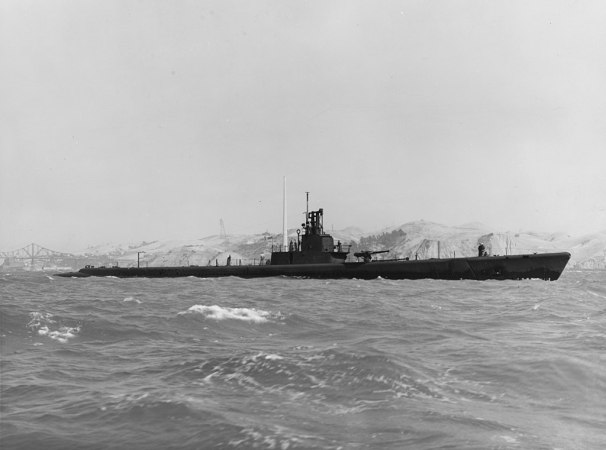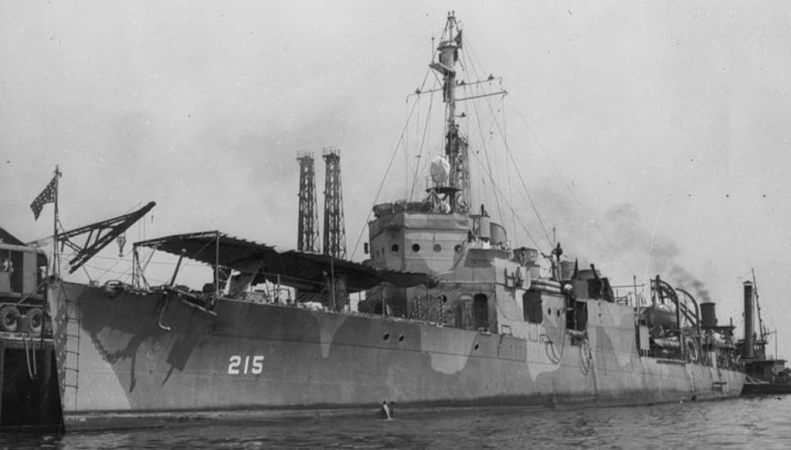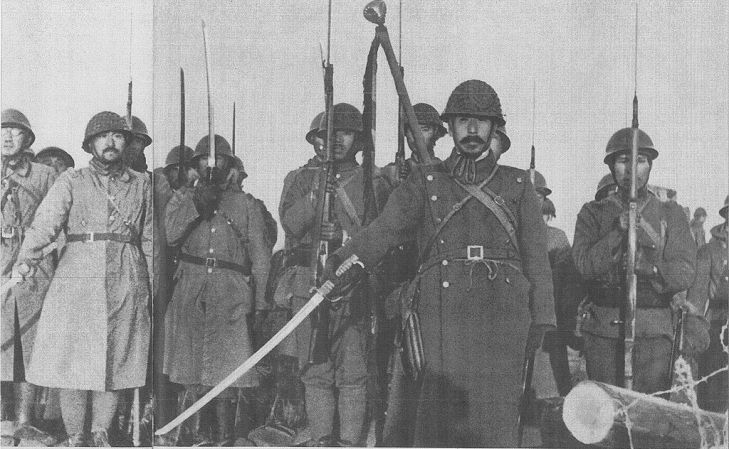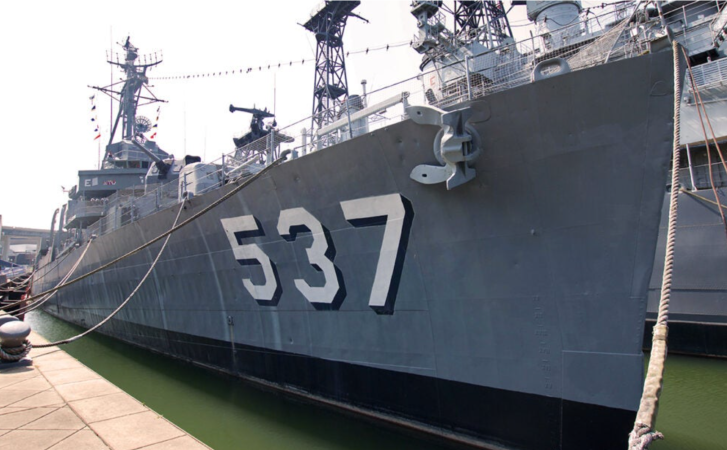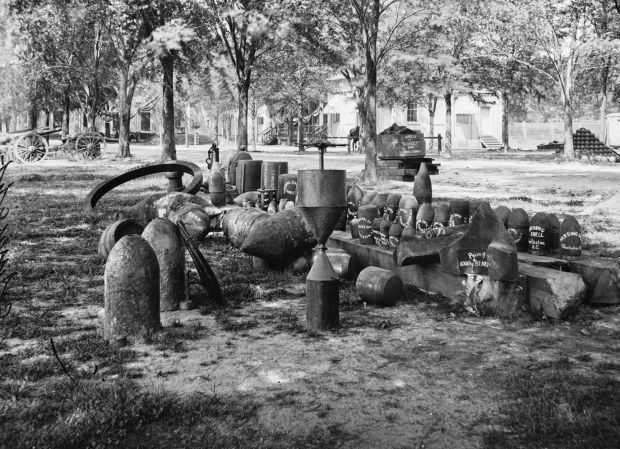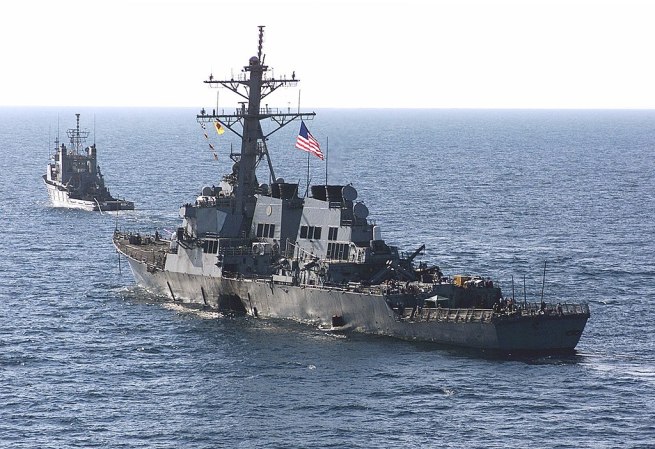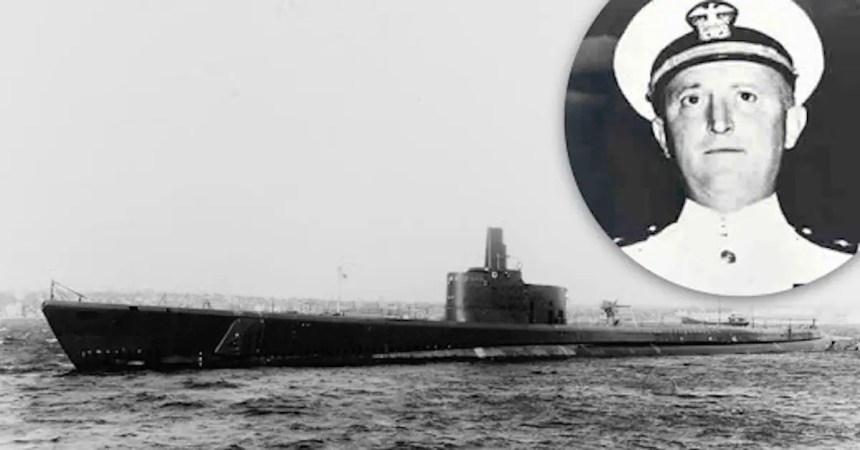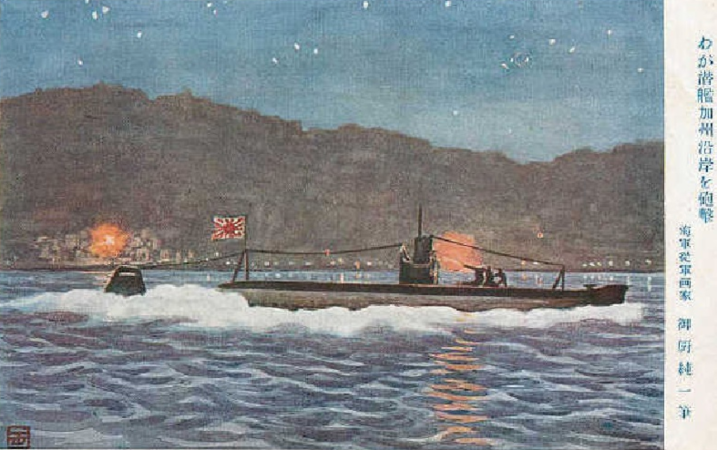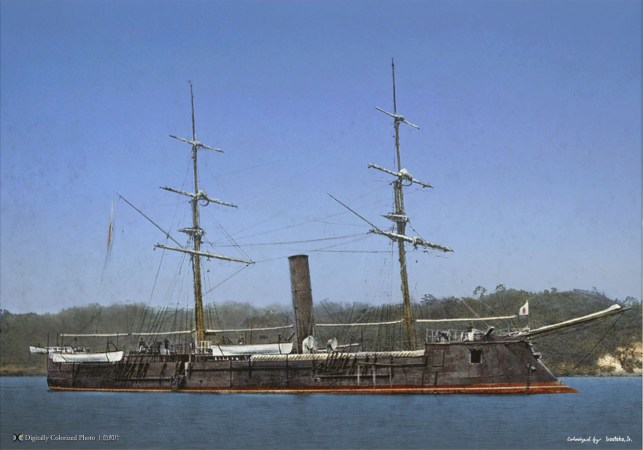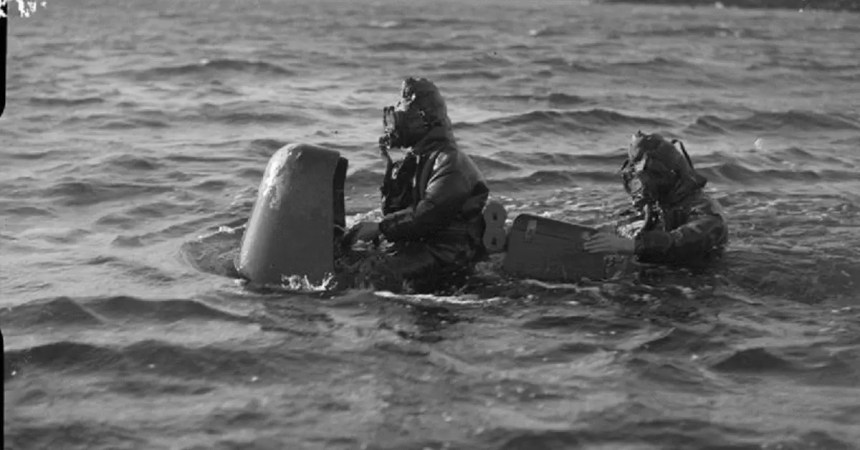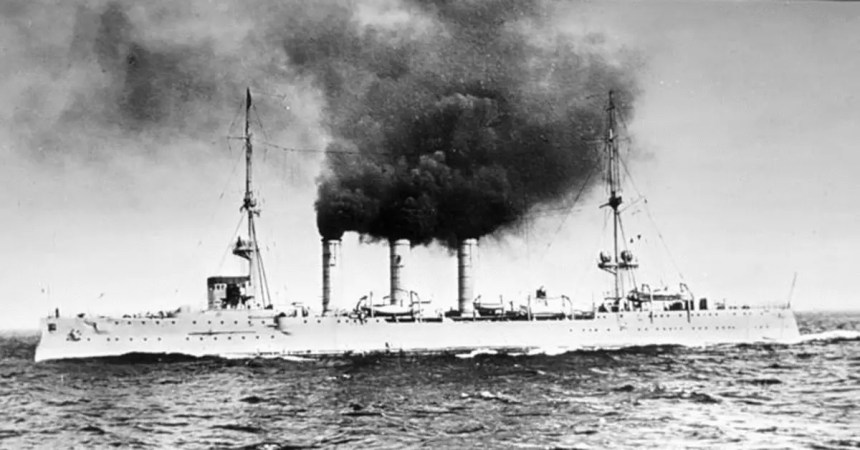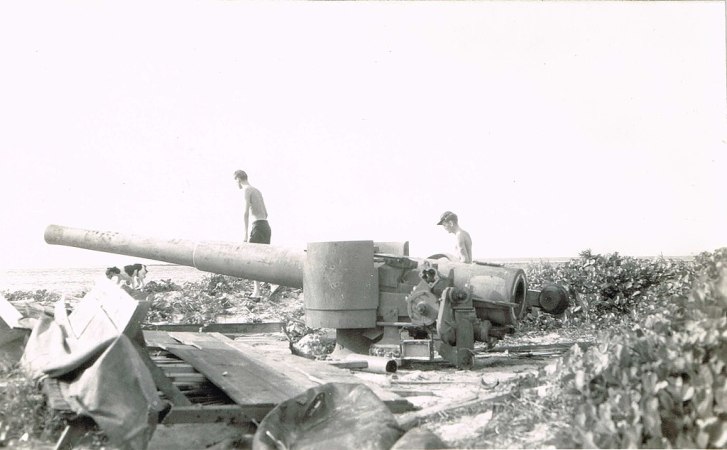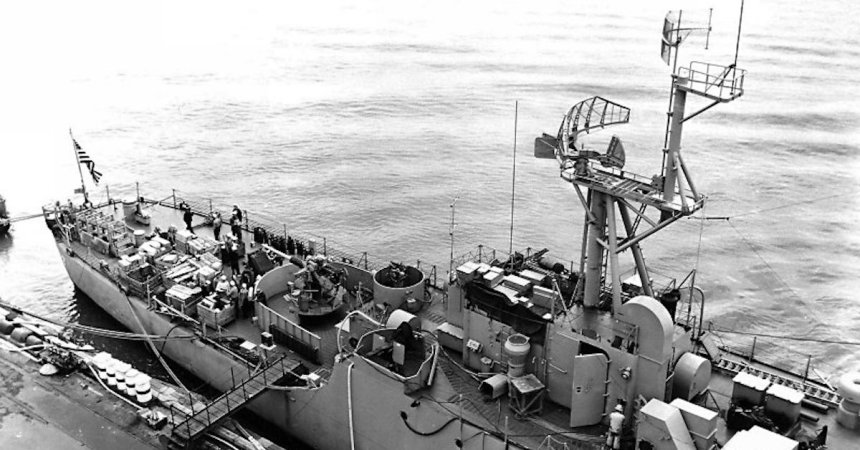“Picket duty” might sound like a boring punishment or the job for the person who drew the short straw. But as the story of the USS Laffey illustrates, it’s an important and dangerous responsibility. Here’s how that ship became the “Ship That Would Not Die” in 1945.
April, 16, 1945. The war in Europe was almost over. Allied forces were so close to Berlin that America halted air attacks on the city to prevent accidentally killing Russian forces. In the Pacific, the Philippines were nearly liberated and Japan was losing battle after battle.
But as the Japanese forces coalesced around the home islands, they became more fanatical and dogged. American and other troops described traumatic banzai attacks, a drastic rise in kamikaze attacks and the use of suicide weapons. Security of the fleet, always of vital importance, had to be tight.
USS Laffey: The ship the would not die
Enter the USS Laffey (DD-724). The ship commissioned February 8, 1944, and went almost straight to Normandy to support the D-Day landings that June. But its future was in Pacific waters. September saw it transferred west.
The men of the Laffey carried a proud legacy into the warm waters. Like many ships, it shared its name with an earlier vessel. In this case, the earlier USS Laffey, (DD-459), was a heroic ship sank less than two years earlier in fierce, point-blank gunnery off of Guadalcanal. The commander of the new USS Laffey, Commander Frederick Julius Becton, survived the same battle as the executive officer of another destroyer that fought viciously at close range.
By April 1945, the ship and its entire crew were established veterans. They captured a Japanese pilot at Leyte Gulf, fought off kamikaze attacks at Ormoc Bay, and protected the landings at Lingayen Gulf. Then they supported Okinawa, initially with shore bombardment.
But orders came for Radar Picket Station No. 1., where ships had already lost crew members and taken damage from kamikaze attacks. A fighter direction team, with specialize equipment to spot incoming attackers, transferred to the Laffey as the ship headed into position.
First action came on April 14 as the direction team detected Japanese aircraft and sent fighters to destroy them. April 15 saw the ship recover intel from a floating, downed plane.
But the crucible came April 16.
Too many attackers to count

April 16 dawned with fair weather. But it quickly became clear that the day would be a fateful one. At just 8:08 in the morning, the radar detected a swarm of incoming planes.
The exact number of attackers, he order in which they hit and damaged the Laffey, and the number downed by the Laffey are all disputed to some degree. We’ll draw primarily from the official Navy history, but even that notes the uncertain nature of records from such a hectic engagement. A fierce fighter dogfight also took place around the Laffey and other ships of Radar Picket No. 1, but we’ll focus on the ship.
By 8:25, the Japanese contacts were too many to count. Japanese records indicate that 165 aircraft took part.
At first, the Laffey was able to repel small assaults easily. A dive bomber dropped its load and fled at the first crack of the Laffey’s guns. A more determined attack by four more dive bombers resulted in four Japanese deaths and no damage to the Laffey.
But another attack came almost immediately, with Judy dive bombers coming from opposite sides. The Laffey downed the first and sent it to the sea. But the second managed to release its bomb as it was killed. The explosion wounded multiple gunners and, crucially, knocked out antennas, including the one needed for tracking low-altitude aircraft.
At 8:39, barely 30 minutes since first radar contact, a Val dive bomber grazed a gun mount and spilled its fuel over the ship, starting a fire and killing the first U.S. sailor. U.S. gunners quickly downed another bomber.
Damage accelerates
A ninth attacking plane survived fierce anti-aircraft fire and slammed into two gun mounts. More sailors were killed and a new, larger fire shut down sections of the deck.
The 10th attacking plane had similar luck, flying through multiple hits to crash into four gun mounts. A resulting fire forced the ship to flood one of their ammunition magazines. An 11th plane successfully dropped its bomb and crashed, finishing off one of the damaged gun mounts and killing six more sailors.
A 12th plane landed another bomb hit, jamming the rudder and forcing the ship into a tight circle. Less than an hour had passed since first contact.
Two more kamikaze attacks hit the same spot in quick succession, killing four and starting another fire.
The ship shot down the next attacker before another crashing bomber hit a gun mount. The Laffey shot down the next two without new damage.

“As long as a gun will fire.”
A junior officer reportedly asked about abandoning the ship. From the U.S. Naval Institute Proceedings magazine:
“Captain, we’re in pretty bad shape aft,” the young officer told Becton. “Do you think we’ll have to abandon ship?” Bedeviled by kamikazes, a blazing ship, and a damaged rudder (locked at 26 degrees to port), Becton quickly replied: “Hell no. We still have guns that can shoot. I’ll never abandon this ship as long as a gun will fire.”
Proceedings, U.S. Naval Institute
Another bomb struck the ship. Then, a bomb came in near the bridge, threatening the ship’s commander. Seaman Feline Salcido threw Commander Becton to the ground to ensure his survival, but a gun crew and their mount were not so lucky.
Nearly killed by a bomb, with a ship with multiple raging fires and at least four bombs and six kamikaze strikes, Commander Becton surveyed the damage and the combat situation. And he rated his ship 30 percent combat effective after 80 minutes of hell.
Laffey and its crew were credited with downing eight aircraft. It unfortunately suffered 32 dead and dozens more wounded. The ship and crew received the Presidential Unit Citation while individual crew members received a total of two Navy Crosses, six Silver Stars, and 18 Bronze Stars.
The ship survived the war and served in Korea and the Cold War.


